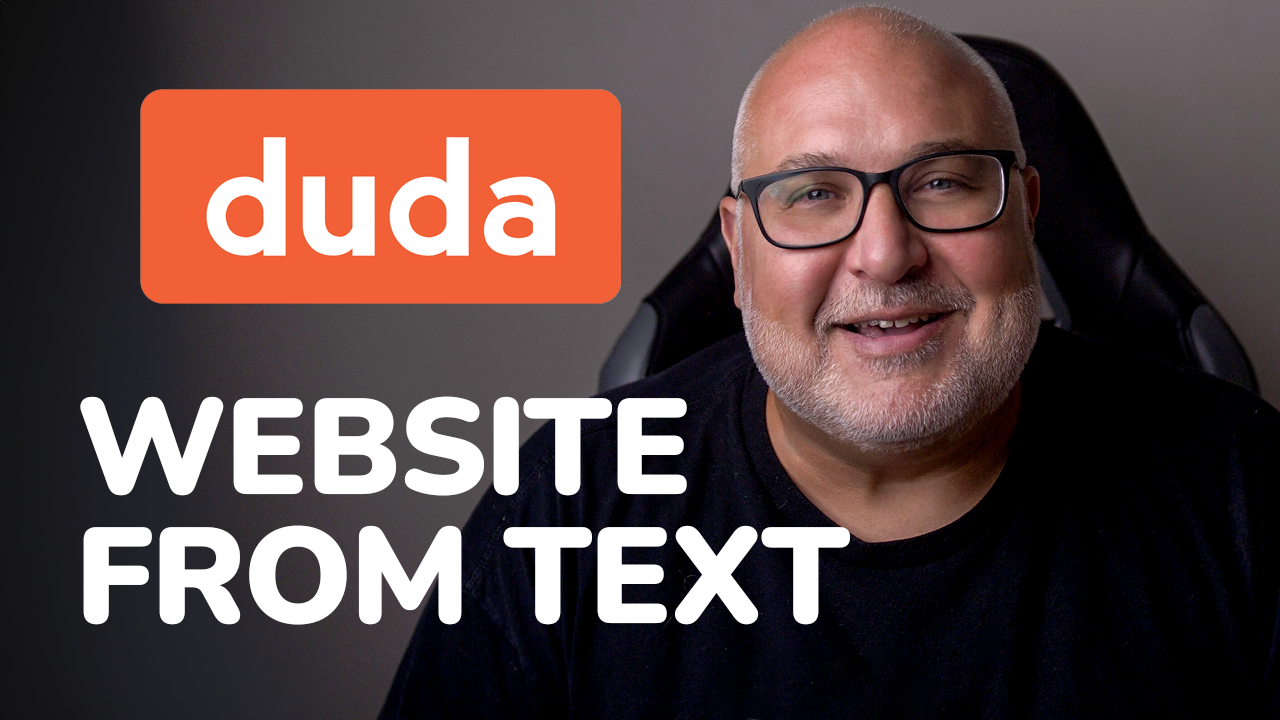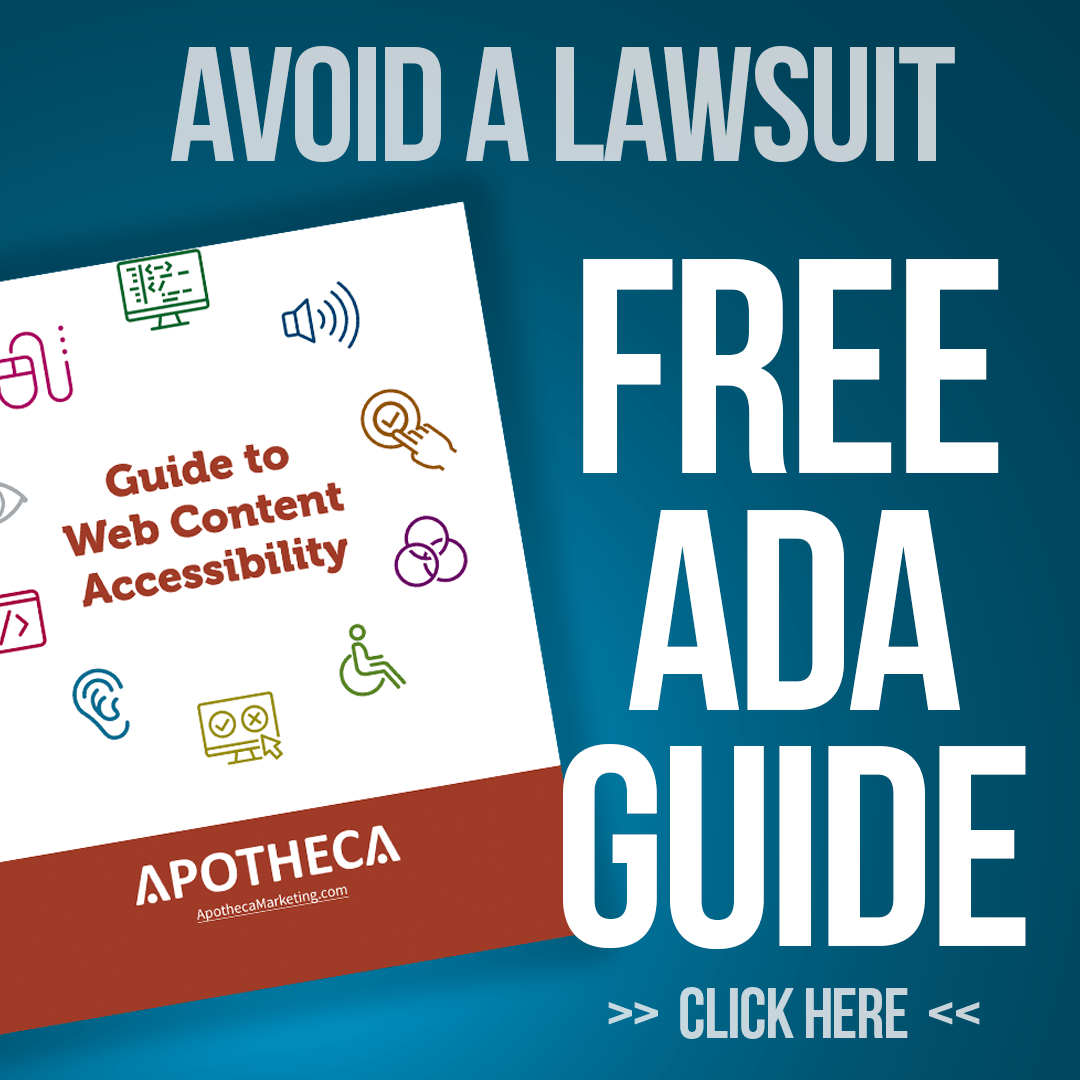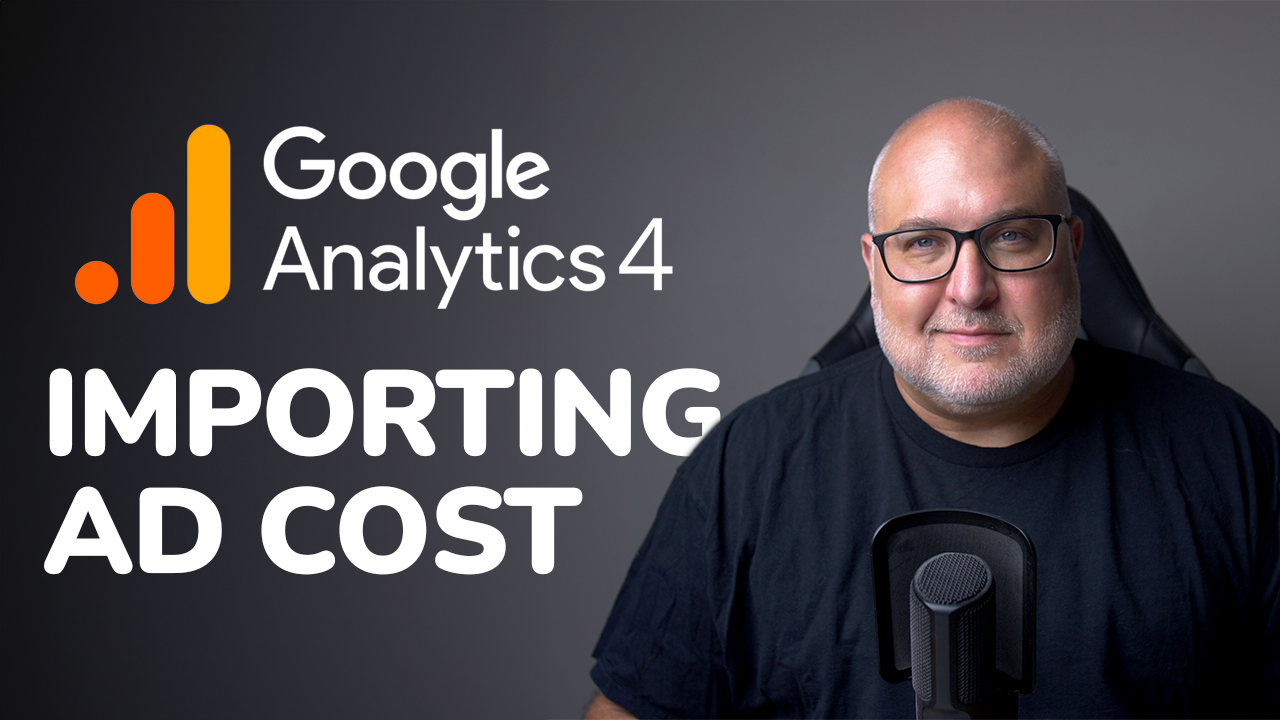We Have Bad News About Your Analytics
Roy Bielewicz
Unfortunately, your analytics is wrong...
You’re not going to want to hear this… But your web analytics data is probably wrong.
Believe me, your boss and/or clients won’t want to hear that either. But unfortunately it’s true.
Back in the Day
Back in the ancient days of web marketing, even all the way back to the 20th century, one of the things that marketers loved about the web was that you could get very accurate information about your users, what they did on your site, where the came from, even down to personal information about who they were and their behavior.
That meant that you could get very real information about the profitability of your marketing campaigns, something that just wasn’t available in traditional marketing, like direct mail, TV, radio, and the like.
Companies would try to assign value to those campaigns through a variety of tactics, like custom phone numbers, coupon codes, catalog reference numbers, and a variety of other less-than-effective means.
But the webs? You could get definitive numbers about exactly how many people clicked on a specific campaign link and then converted. No more wasted ad dollars, right?
Well, many executives and clients think that that’s still the case, and trying to tell them that it’s not can cause some issues.
Privacy and Blockers
So why isn’t
web analytics the same as it was back in the late 90s and early 2000s? Because consumers caught on to the fact that there was a creepy amount of data being recorded about their behavior. In some cases a marketer could track specific behavior, purchases, clicks, etc., to an identifiable person. And well, that’s creepy. And nobody really likes that.
So people started using things like ad blockers, and private browsers like Brave, Tor, and DuckDuckGo, which block third party cookies and tracking tools.
Then, the European Union jumped on the bandwagon and implemented GDPR, which effectively bans third party cookies and mandates that websites alert visitors to tracking cookies and allow them to opt out (among other things).
So combine ad blockers that block analytics tools, and browsers that also block analytics tools, and suddenly you have a sizable audience of folks using your website that you don’t know anything about.
But, it can’t be that many people, right? Right?
Unfortunately, for marketers at least, it is a lot of people.
- An Estimated 7.7% of iPhone users browse using private mode, which blocks GA4 and other analytics tools.
- iPhone has 58% of the market in the U.S.
- 37% of users internationally use some form of ad blocking. Though all of those don’t necessarily block Google by default. Many do however.
- 63% of 18-34 use ad blockers.
- In the United States, about 26% of internet users had installed ad blocking software, plugins, or browsers in 2020
- A study in the UK showed that 70% of UK web users actively block cookies. That means that typical analytics tools will be significantly impacted. Note: these rates do tend to be higher in European countries.
So is the end of analytics and web marketing as we know it? If we can’t depend on the numbers we’re seeing then what are we supposed to do?
Google Analytics 4 (GA4) was theoretically designed to address the changing landscape of digital privacy, including the rise in the use of ad blockers and the movement away from third-party cookies. This includes:
Event-Based Model:
GA4 uses an event-based data model instead of relying solely on session-based data like Universal Analytics. This allows for a more flexible and granular approach to tracking user interactions, which can be beneficial in environments where cookies are blocked or limited.
Machine Learning and Modeling:
GA4 heavily incorporates machine learning to fill in the gaps where data might be missing due to ad blockers or cookie restrictions. It uses advanced algorithms to model user behavior, helping to predict trends and user actions even when direct tracking is not possible.
First-Party Cookies:
GA4 prioritizes the use of first-party cookies, which are generally more privacy-compliant and less likely to be blocked compared to third-party cookies. First-party cookies are set by the domain the user is visiting, making them more acceptable under privacy regulations and less likely to be targeted by ad blockers.
User Consent and Privacy Controls:
GA4 is built with privacy in mind, offering more robust consent and data collection settings that align with global privacy regulations like GDPR and CCPA. This approach ensures that data is collected in a more privacy-compliant manner, reducing the impact of ad blockers that are often used in response to privacy concerns.
Cross-Platform Tracking: GA4's improved cross-platform tracking capabilities allow for a better understanding of user behavior across different devices and platforms. This is particularly important in a landscape where users frequently switch devices, and where traditional cookie-based tracking might be less effective.
Enhanced Integration with Google's Advertising Platforms:
GA4 is designed to work seamlessly with Google's advertising platforms. This integration helps in understanding the effectiveness of advertising campaigns even in environments where traditional tracking methods are less effective.
Conclusion
It's important to note that while GA4 is adapting to these changes, no analytics platform can guarantee 100% accuracy in the face of widespread use of ad blockers and the decline of third-party cookies. However, these steps represent significant advancements in maintaining the effectiveness of digital analytics in a privacy-focused world.
We’ve always encouraged clients to not view web analytics data as something it’s not: accounting data. Instead, look at it directionally. What trends are you seeing? What behaviors? If, based on your data sampling, a specific ad platform always performs better, then you can be relatively certain that that’s where you should invest your budget. Even if the numbers aren’t “exact” they will be indicative of the “truth”.
Contact Us





